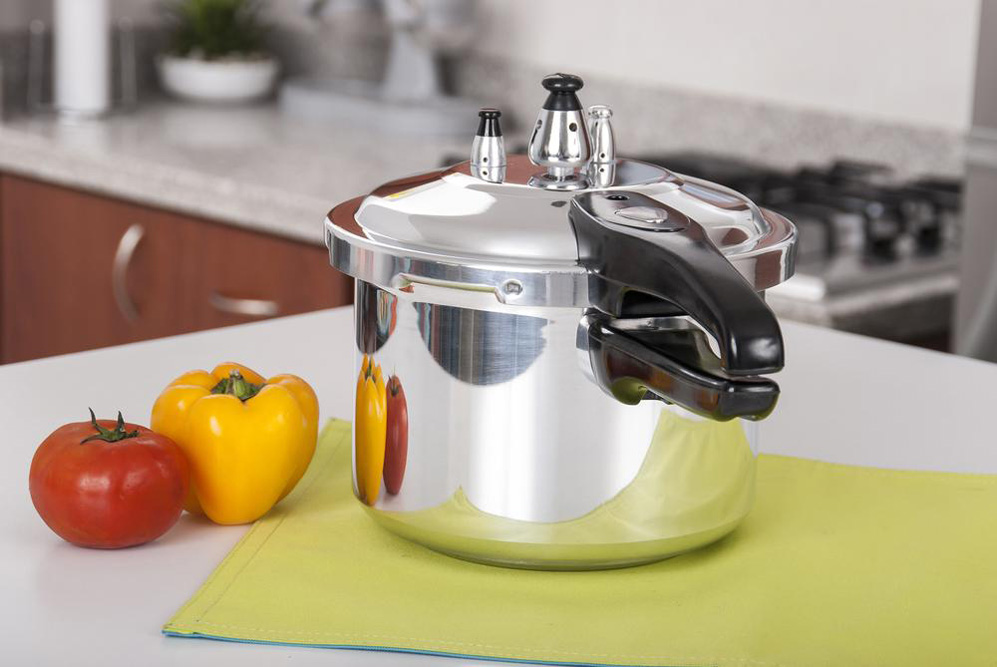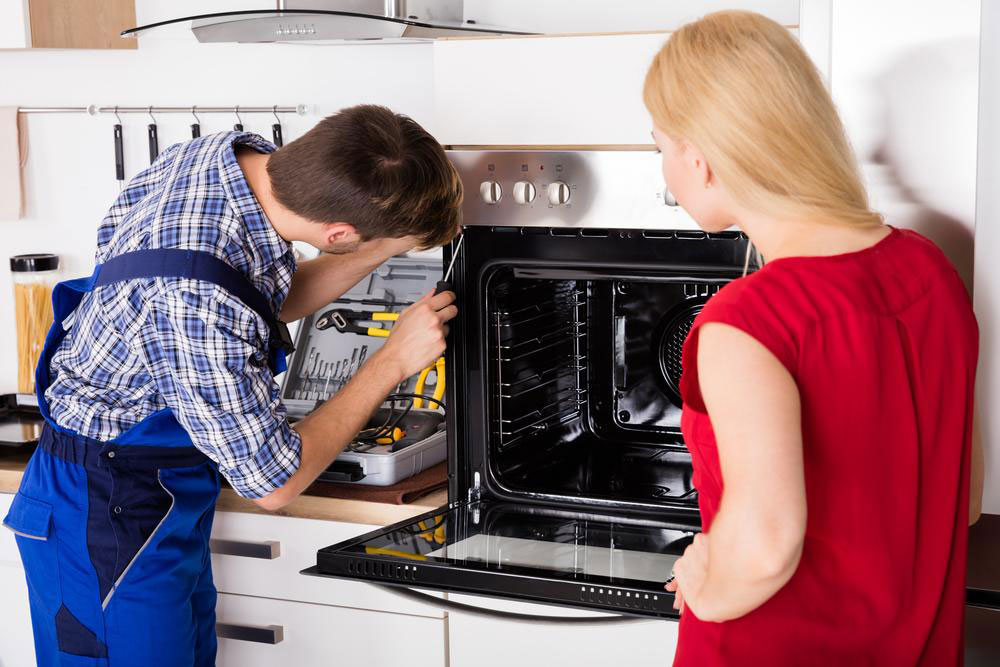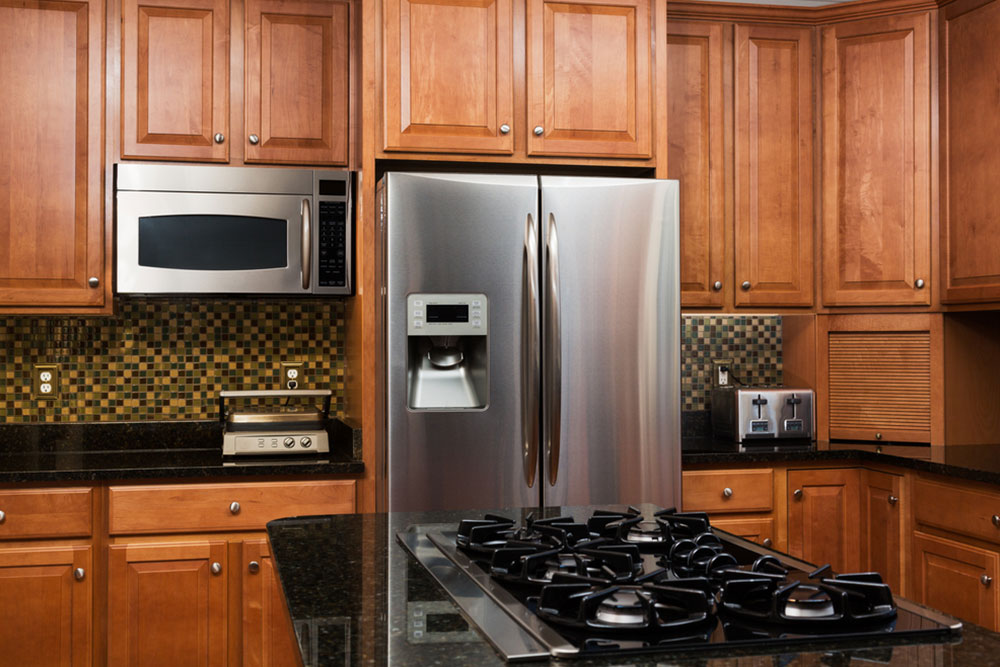Electric vs. Gas Ovens: Advantages and Disadvantages Compared
Explore the differences between electric and gas ranges, including key features, advantages, and drawbacks. Find out which cooking appliance suits your needs based on safety, price, and performance factors. This guide helps you make an informed decision for your kitchen upgrade or renovation.

Electric vs. Gas Ovens: Pros and Cons
Choosing between electric and gas ranges depends on your cooking habits and home setup. Both types come with distinct features suitable for different needs. Before purchasing, consider your requirements carefully.
Electric vs. Gas Ranges
While electric ovens are often selected by those without a gas supply, many prefer gas burners for their quick heat and controllability. Safety concerns are also a factor, as electric models eliminate gas leak risks. Price and performance vary, with electric smooth-tops being highly popular. Gas ranges tend to be more expensive but cost less to operate depending on local energy rates.
Top Options: Electric smooth-top ranges are favored for their sleek design and efficiency.
Budget Considerations: Gas ranges usually cost more upfront but are cheaper to run long-term.
Both electric and gas ranges have their advantages. Gas models heat quickly, allowing for precise temperature control, ideal for intensive cooking. Electric ranges offer consistent, even heat, perfect for baking. Some ranges feature multiple burners, with premium models offering up to five, and double ovens with additional racks. Many models are designed to fit seamlessly between cabinets or as drop-in units, available in both electric and gas options.
Advantages and Disadvantages of Gas Ranges
Gas ranges heat rapidly, providing even cooking with immediate flame control. Natural gas or propane is generally cheaper than electricity. However, the flame's stability can be affected by drafts or open windows. The top heating elements are very hot and may require periodic rotation of baked goods. Cleaning is often tougher due to spills and residue.
Advantages and Disadvantages of Electric Ranges
Electric models, especially single-oven types, are easy to operate and clean. They provide stable, uniform heat distribution, reducing cooking inconsistencies. Some models include fans and warming drawers. The main drawback is dependence on electricity; power outages render them unusable. Additionally, ceramic cooktops can crack from impacts or scratches, and spills can be challenging to clean.










